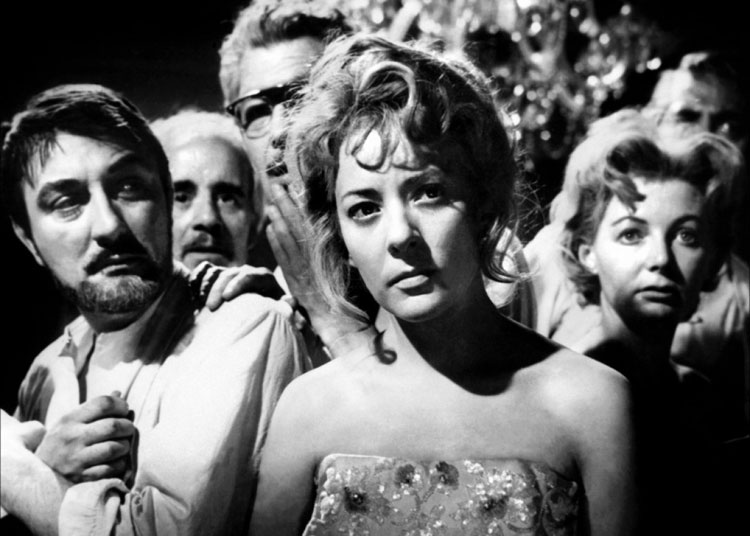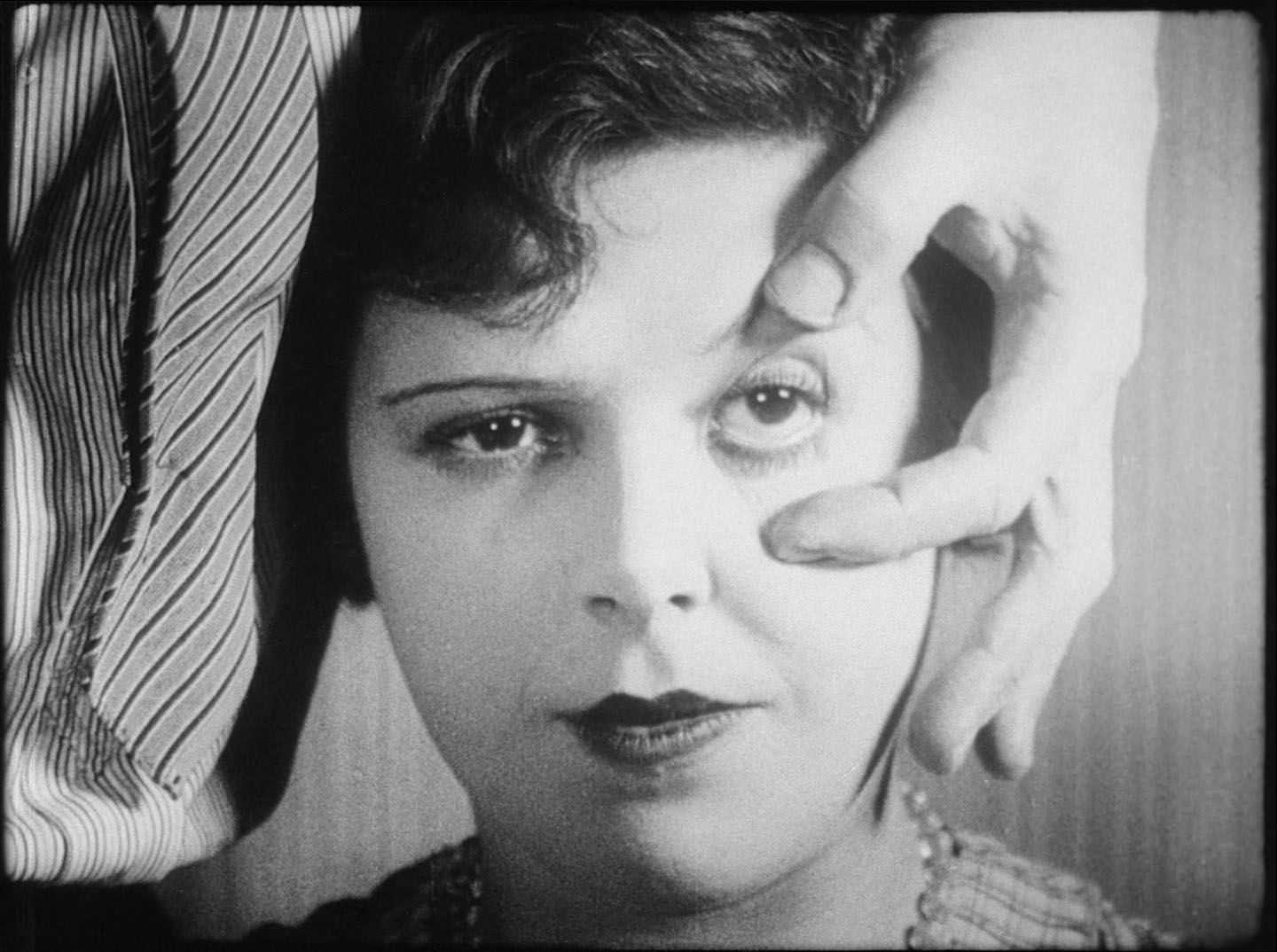Ask the Professor: How does “Exterminating Angel” compare to Buñuel’s earlier surrealist films?
ScreenPrism: The Exterminating Angel (1962) has director Luis Buñuel’s characteristic surrealist moments, but the surrealism doesn’t dominate, as it does in early works like the iconic short, Un Chien Andalou (1929). This film is equally a dark comedy and social critique. How would you compare Buñuel’s surrealist touches in The Exterminating Angel with the more extreme and overt surrealism of his earliest films?
Professor Julian Cornell: In some ways I think Exterminating Angel’s more understated surrealism makes it a little more successful than some of Buñuel’s other ones. It still follows a plot. What makes it surreal is the way in which the narrative keeps getting interrupted by repeated moments. One of the things that surrealists emphasize is that a realist narrative is inherently limiting and can’t explain a lot of what’s going on in the world because it can only reproduce the world. One of the ways you disrupt people’s understanding is by interrupting narrative. So the repetitions in Exterminating Angel draw your attention to the fact that this narrative is a structure. It seems so arbitrary: why are these things repeated and not those things? Why now, all of a sudden? It seems very random. That’s to dislodge our sense that the narrative will progress in a cause-and-effect, easy-to-follow way. We have to be aware of it.

The cast of Buñuel’s Exterminating Angel (1962)
What makes it surreal is that’s the way dreams function, even though we try to rationalize them. A lot of surrealism comes back to dream states. Our dreams seem to have cause and effect but really don’t. We try to put them back together, and when you try to put them back together they don’t seem to make sense. That’s Buñuel’s approach to narrative, too. It doesn’t follow A, B, C. Yet here he tries to strike a compromise because he wants people to pay attention to the story and what he’s trying to say.
So the surreal things in Exterminating Angel are the idea of repetition. How is that surrealist? It’s the disruption of the narrative, narrative being inherently unable to tell you more about the world than it represents. If you want to get underneath the surface, you’ve got to mess around with the storytelling. That’s the whole idea of the narrative conceit.
You also have a surreal premise: they are stuck in a room, or they are trying to have dinner and they can’t. Part of the surrealism is the obvious symbolism. You’re encouraged to look for the symbolic meaning and to ask, “Why can’t they leave? Why can’t they just leave?”
The servants leaving at the beginning also opens the movie with a hint at a surreal occurrence. They have a premonition that something is going to happen. So they leave; they can’t explain it, either. By interrupting the usual dining ritual through narrative disruptions and through random events, Buñuel is calling our attention to the social structure, and doing it subtly.
SP: Do you feel like the subtle surrealism here shows an evolution or maturity in Buñuel? A film like Un Chien Andalou is explicitly about the dream state or what’s inside the individual mind, whereas here the surrealist touches expose greater societal truths. Is this a maturation or just a change?
JC: I don’t know that I would necessarily say it’s a maturation or an evolution. In some ways it’s a compromise. Would anyone want to see an hour-and-a-half-long Un Chien Andalou?

Actress Simone Mareuil in Buñuel’s Un Chien Andalou (1929)
The Exterminating Angel is making the surrealism part of the narrative rather than the entirety. You still have the tone, you still have the feel, you still have that aesthetic approach, but you give people something to understand and identify with. In some ways it’s effective because it effects a compromise.
What’s similar about many of these films we’ve talked about from this 1960s period (The 400 Blows (1959), Butch Cassidy and the Sundance Kid (1969), Exterminating Angel) is that they are experimenting, and they are artistic statements and are original within this idea of established boundaries. They are playing with form, and they are radical in that sense, but they aren’t revolutionary. That’s the value; they find a sweet spot between experimentation and expectation. That’s why, actually, I like Buñuel’s later films better than some of the earlier ones. That’s just my own preference. A lot of film styles work that way, where they start out more radical and become normalized in a way that’s accessible. In the French New Wave, a lot of the later films were more accessible. You can say that about some of the Russian Formalist films as well. You can say the same about Truffaut: Truffaut’s later films are really different, but they are completely accessible.
Read more from Ask the Professor: In “Exterminating Angel,” why can’t the guests leave?

